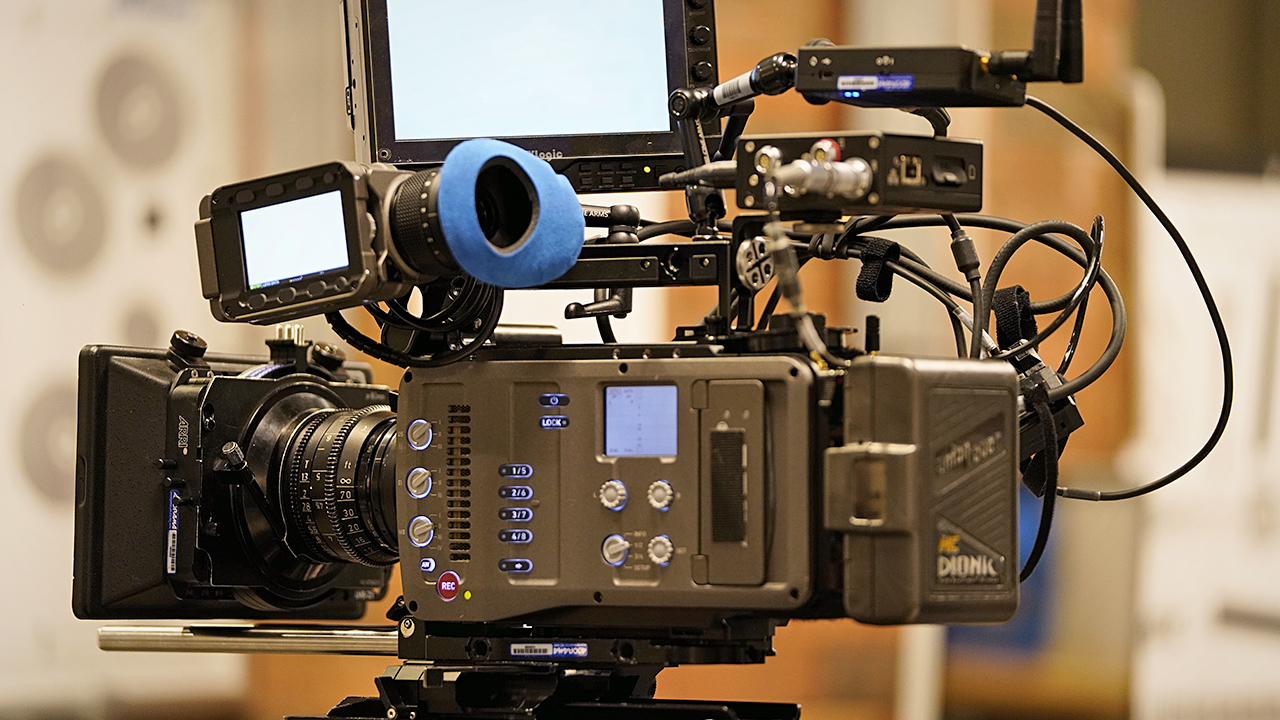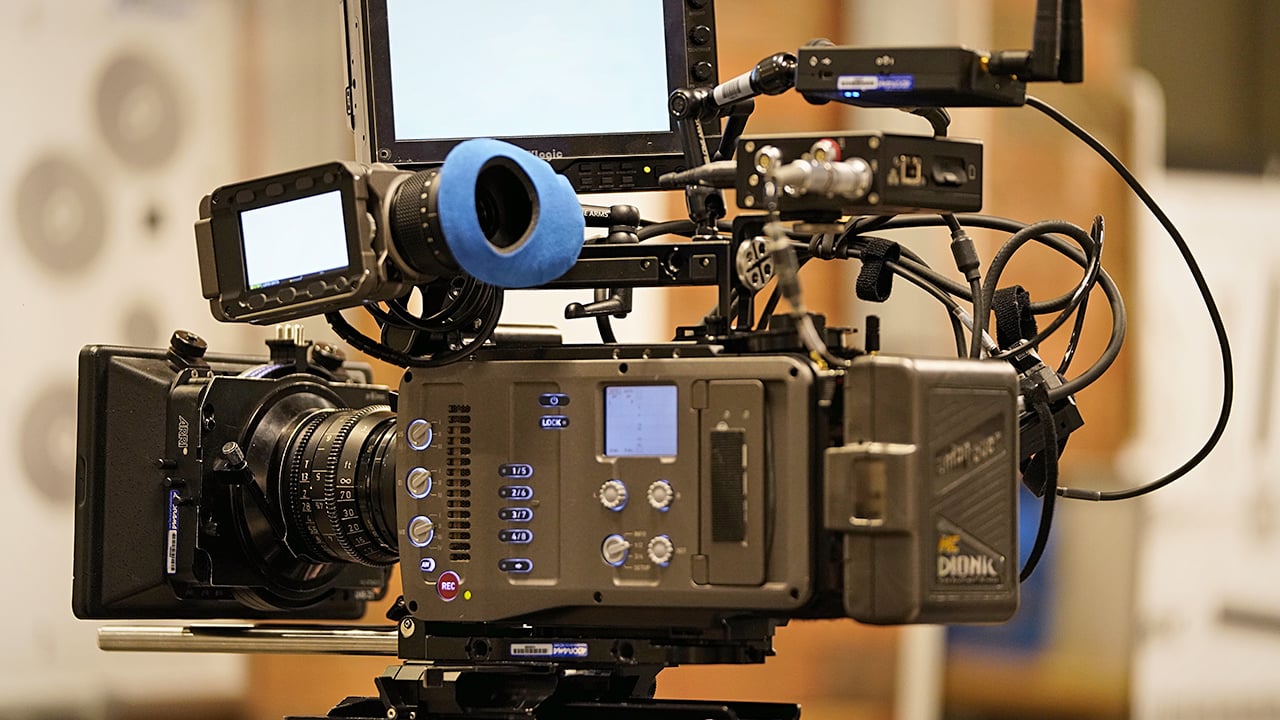

High end kit costs a lot more money than the lower end, but you are not necceserily paying for better final results. Roland Denning tells us why.
David Shapton’s article in a recent RedShark presented a comparison between a $30k Cooke anamorphic and a $1k Zeiss lens. Not surprisingly the Cooke looked different (it was an anamorphic after all and the Zeiss was a spherical) and a little nicer. But not 30 times nicer.
And here’s the thing: if you were an indie filmmaker on a low budget, it would make no sense to hire the Cooke. The difference between the Cooke and the Zeiss is not going to make or break your movie. Really, it isn’t. If you know what you are doing, you will get perfectly good results from the Zeiss. If you don’t know what you are doing, no lens will save you. In fact, I’d go as far to say, if you are a low-budget filmmaker you would be crazy to hire the Cooke – much better to spend the money on hiring more lights or another lens. Or an assistant. Or a better actor. Or another day’s shooting time (if you can get the lens for nothing, then that’s another matter).
If you are shooting a feature, everything is different. If you are hiring a set of Cookes, you are not just paying for the ‘Cooke look’ but consistency between lenses, reliability and compatibility – for lens data technology, for wireless lens controls and for overall ease of operation. The crew will be familiar with them, all the accessories will fit. You will not waste any time fiddling around, you know the lenses will deliver what you want. The bigger the crew, the more expensive every minute wasted is and it becomes easy to justify the cost of hiring high-end kit if it makes everything run smoothly.
Easier to get good results
High-end kit earns its money not so much because it produces great pictures, it just makes it easier to produce great pictures. It worries me when filmmakers with very little money think getting high-end kit will produce high-end pictures. The kit won’t save you if you don’t have the talent or ideas.
Now, I emphasise that I am not suggesting all lenses look the same. They certainly don’t. But manufacturers would like us to believe the lens creates the look (naturally, they are trying to sell you something) when really it only is a small part of it. Take a recent TV production with a very particular look – The Handmaid’s Tale. It was shot on an Alexa Mini with vintage Canon lenses. In particular, it was largely shot very close with a wide aperture, short focal-length lenses. Now, if it had been shot with Zeiss lenses using the same settings, framings lighting and grade it would have looked different – a little cleaner and sharper – but it still would have looked great. Few outside of the industry would probably have noticed the difference.
High-end kit isn’t magic, but sometimes you need it because people expect it. Go into a professional recording studio and you will expect to see a Neumann U87 microphone. It’s a great microphone and costs around £2K, but you can get a decent large-diaphragm mic for between £200 and £500. Is the Neumann four to ten times better? Some engineers will say “not really”, others “just” or perhaps: “you will never go wrong with a U87”. There are plenty of shoot-outs on YouTube if you want to judge for yourself. But that is not really the point. What it comes to is that if you are recording, professionally, every day, it probably makes sense to get the ‘standard kit’ – it’s what your clients expect. If you are recording on your own budget or recording just once a month, there are better ways to spend your money. It’s not the brand, it’s what you do with it that makes the difference. The ‘right kit’ is never going to save you.
Producers pay a lot for high-end gear to lower the risk of not achieving or delaying what is expected when a lot of money is at stake. If you have the talent but not the money, just buy or hire what works for you.
Title image: Shutterstock - 26ShadesOfGreen
Tags: Production


Comments